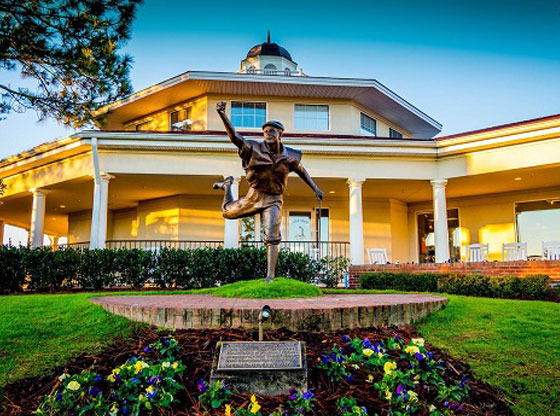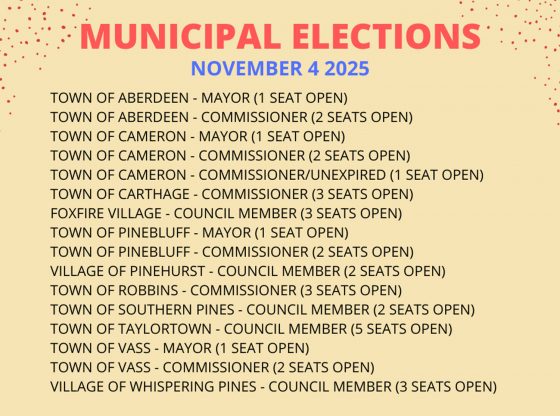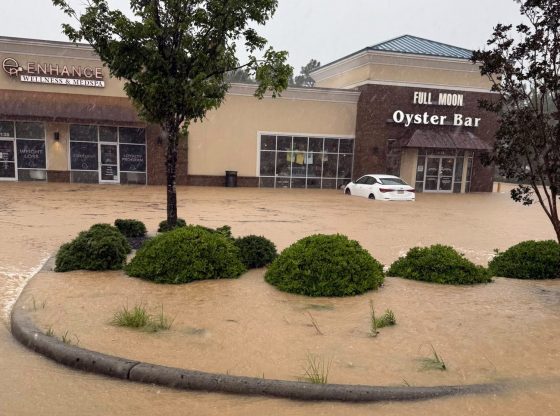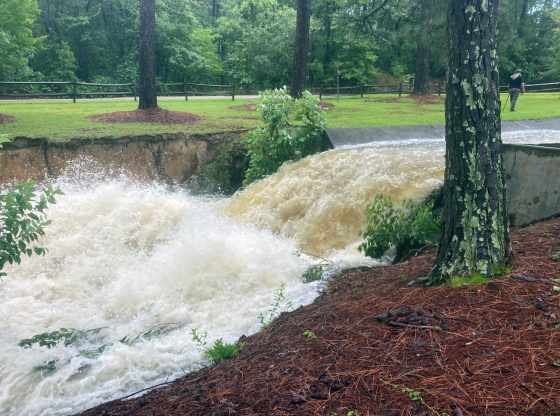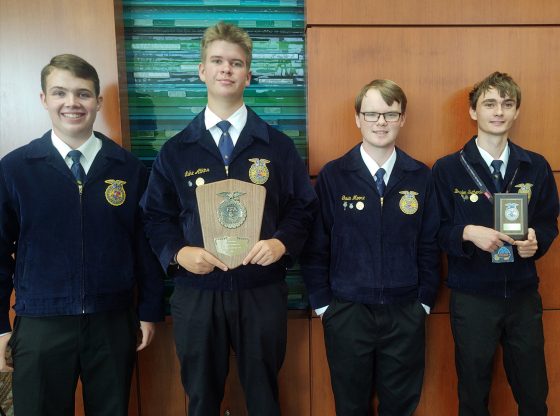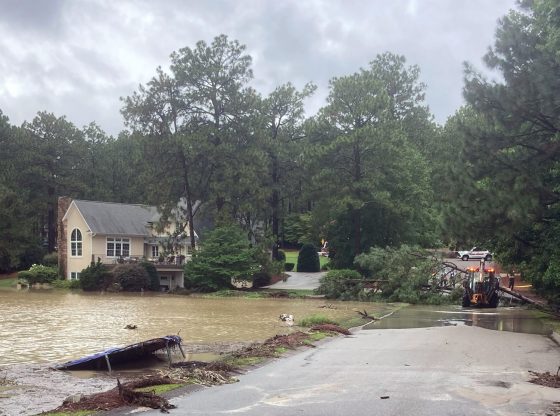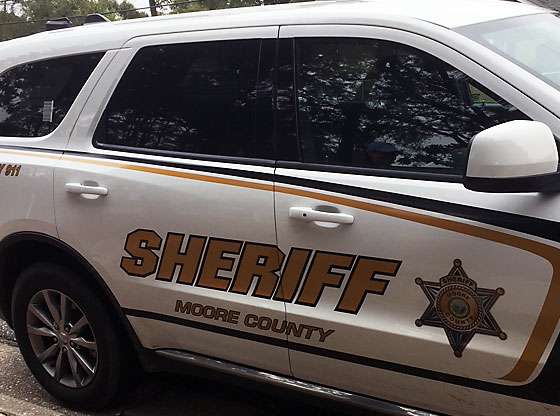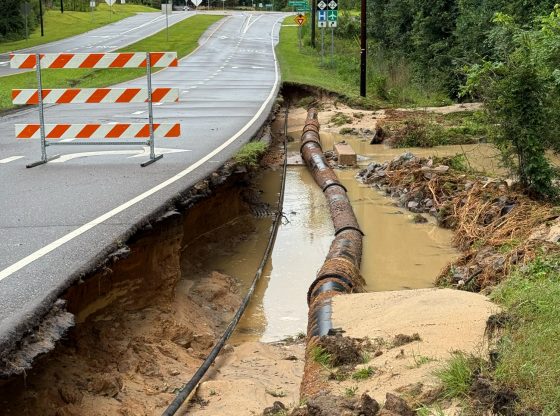Use Aperture Priority Mode for Creative Control
If Santa gave you a new camera, or even if you have been shooting for a while and want to learn some of the basics, this monthly column is for you.
Of course, you can just charge the battery, pop in a memory card and start taking photos, but you will not be getting the most from your digital camera. Regardless if you have a Nikon, Canon or other fine brand, follow this column to learn how to take your photography from good to great.
We will cover how to preserve family moments, get into sports photography, capture your next vacation, record a beautiful sunset and much more. Every month, we will talk about camera controls, exposure, composition and editing – without getting too technical. I’ll share some settings for different situations, tell you about my favorite lenses and review camera gear. No matter if you enjoy landscapes, portraits or street photography – this column is for you.
OK – let’s dive in by talking about camera settings.
New photographers tend to use Auto Mode a lot. If they do, they are using their camera like a big, expensive smart phone and are not getting the most of the investment. The camera makes all the decisions for you in Auto Mode, taking away some of your creative ideas like blurring the background or freezing the action.
I recommend switching your camera into Aperture Priority Mode. It is easy and gives you creative control of your images. In Aperture Priority Mode, you decide on the aperture, or how wide the lens opening will be, and the camera decides on the shutter speed.
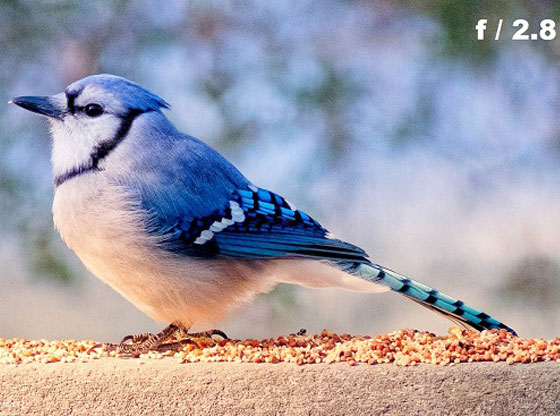
Once in Aperture Priority Mode, rotate the camera dial to change the aperture. Use a small number, like the 2.8 aperture I used to capture the blue jay, to get the subject in focus and the background out of focus. Switch to a large number such as 16 to get the entire scene in focus. That is what I used to photograph the Payne Stewart statue at the Pinehurst Country Club that is the feature photo in this column.
Apertures are measured in f stops and will depend on the lens you have mounted to the camera. In my example above, 2.8 is sometimes written as f/2.8. The lower the f stop, the more light it will let in to the camera sensor. The difference between an aperture of f/1.4 and f/2.8 is one stop.
Experienced photographers say an f/1.4 lens is “fast” and they “shoot wide open” to get the background blurred out. That just means they set the camera to the lowest aperture number to let as much light in as possible.
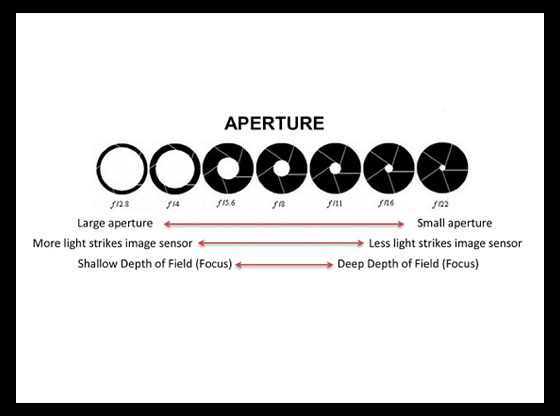
We will go more into apertures, f stops and exposure compensation next month. For now, practice using aperture priority mode. It is easy and gives you creative control.
One more bit of advice, Google your camera’s make and model, and download the manual to your phone. That way you will have it with you.
John Patota is a photographer for Sandhills Sentinel and instructor of photography, offering practical advice on his Photo Walks and Workshops. Visit JohnDPatota.com to learn more.


